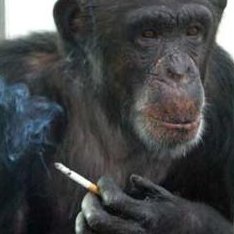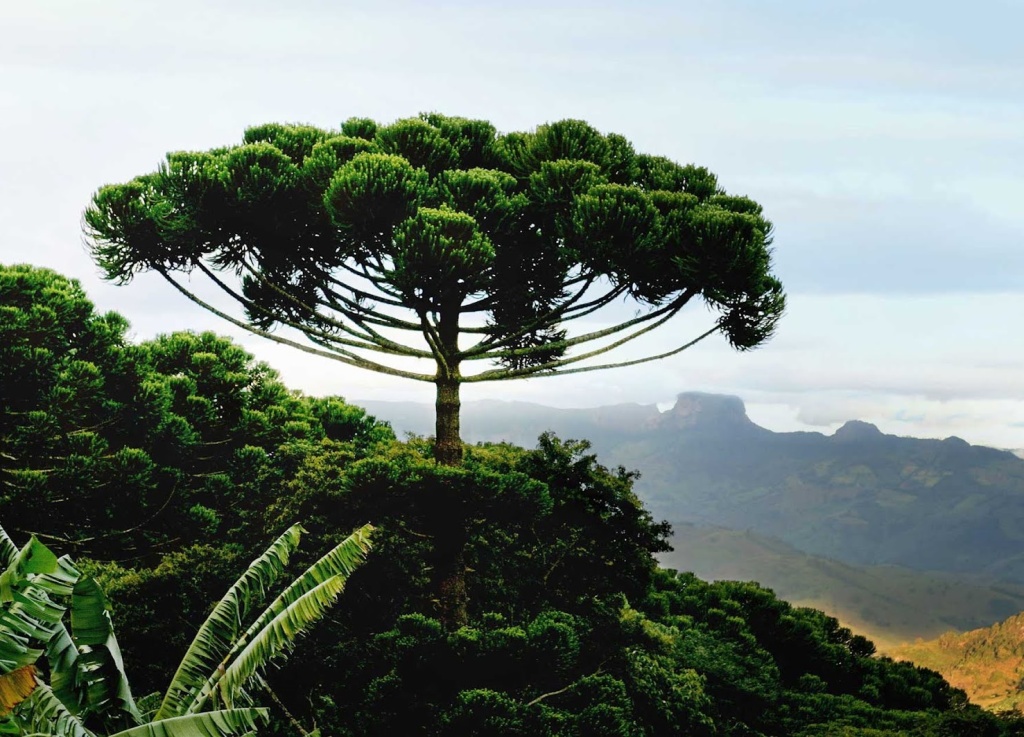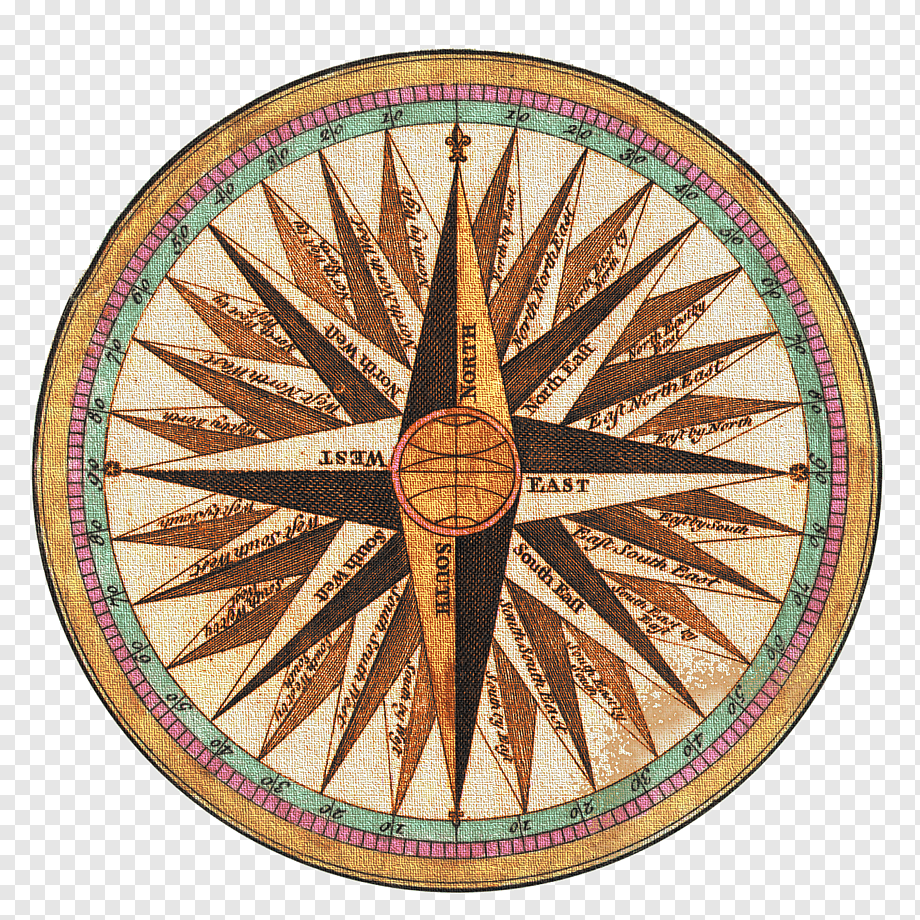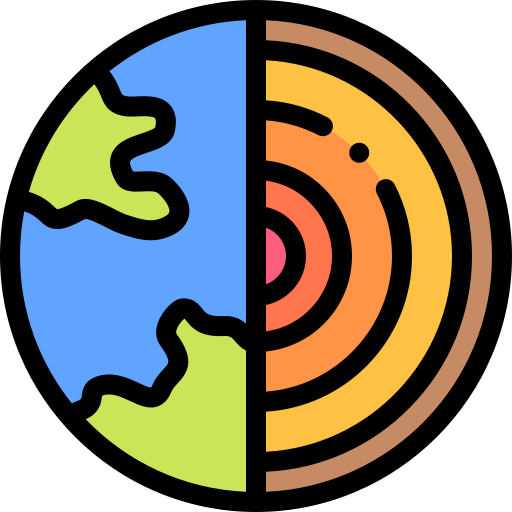

That’s what happens when a crowd of bloody muppets, who: don’t understand science, refuse to learn about it, refuse to understand what specialists are talking about, take conclusions from a mix of wishful belief + assumptions + pulp fiction, manages to get one of themselves in power. And if anything it proves to me that stupidity is worse than malice.
Like, let’s pretend for a moment that they totally resurrected the dire wolf, instead of editing a few grey wolf genes and calling it a day. And let’s pretend that this strategy would be viable for multiple species, even dinos. You’re still doing a lot more effort to resurrect a species than to just keep it alive, you know? The efficient strategy here is to protect those species.






This reminds me of this video, where a bunch of animals (from hippos to monkeys, sadly no chimp) get drunk on marula fruits. It shows that no, it isn’t just chimps or us doing it, at least mammals in general like some booze.
Perhaps because alcohol in nature is associated with ripe, extra sweet fruits?